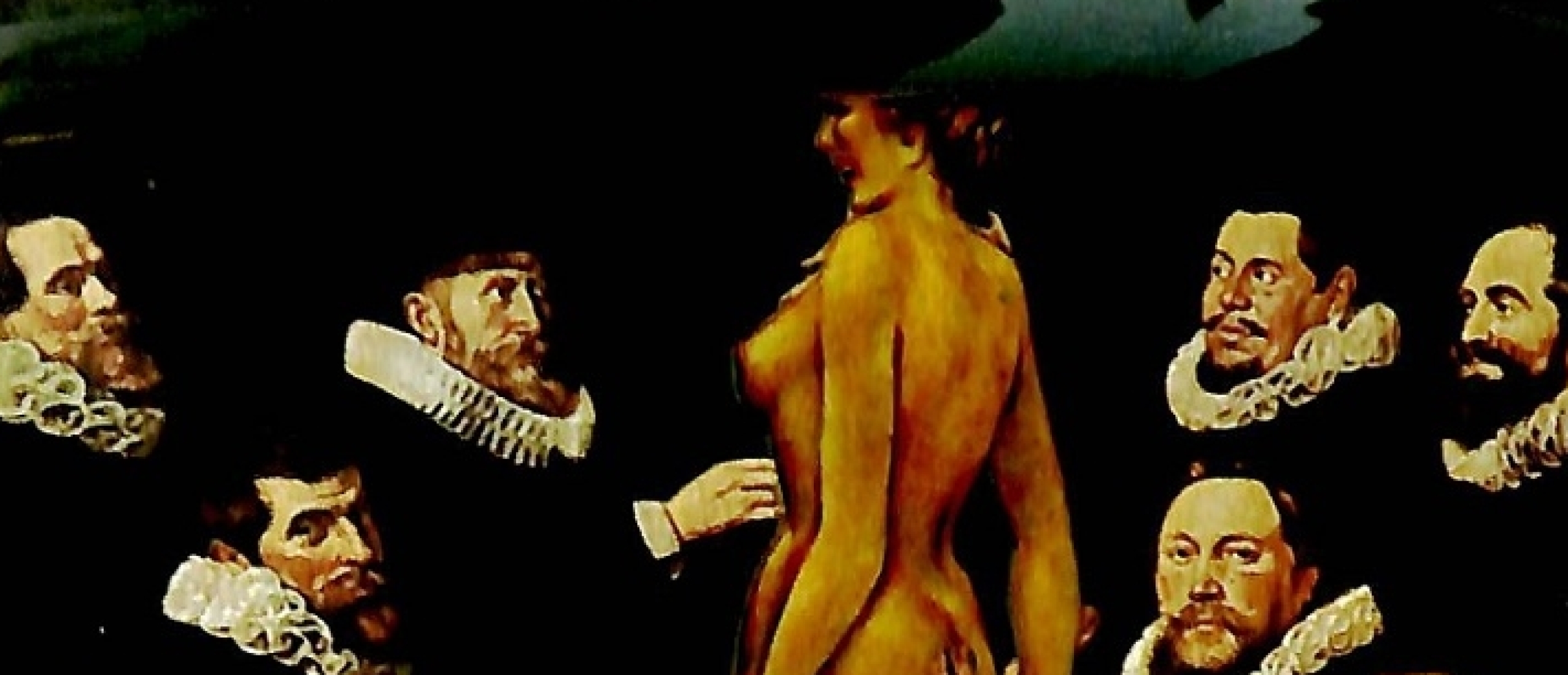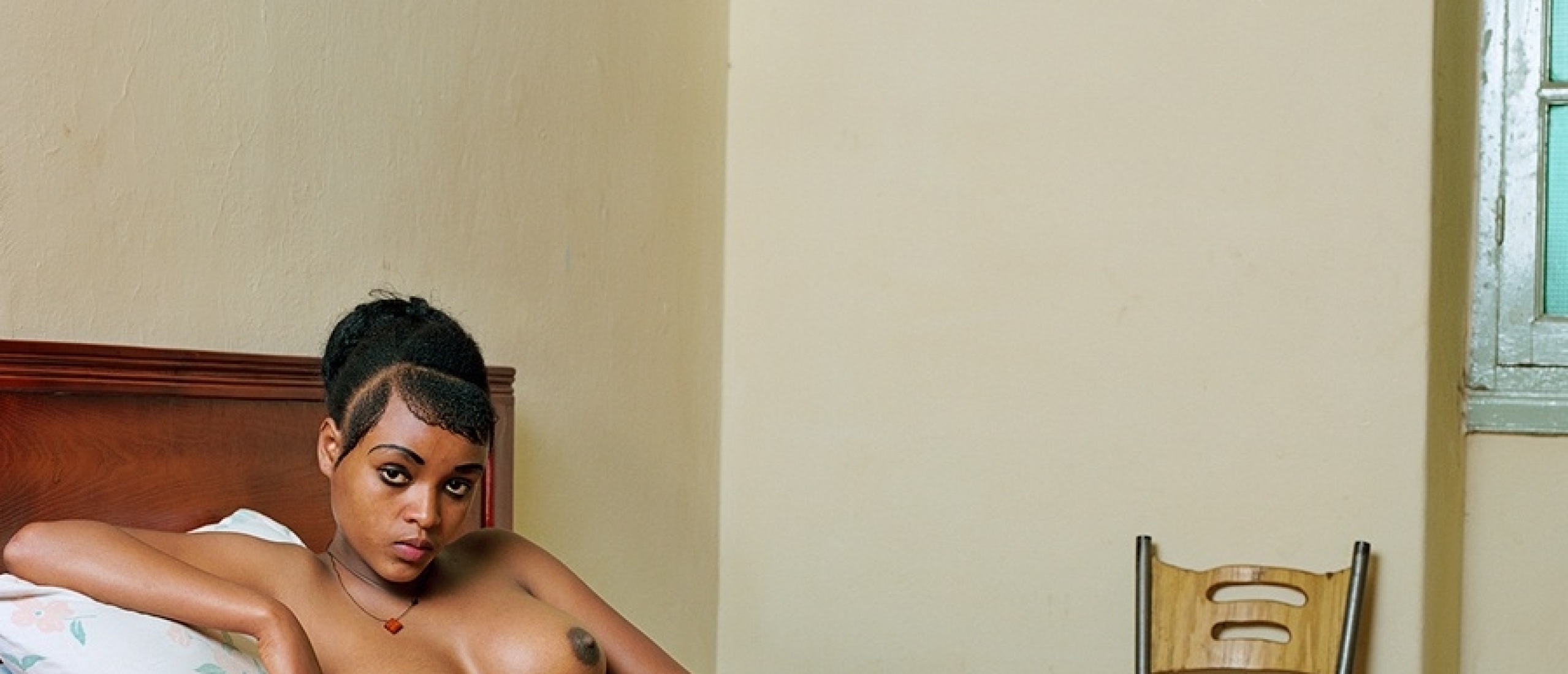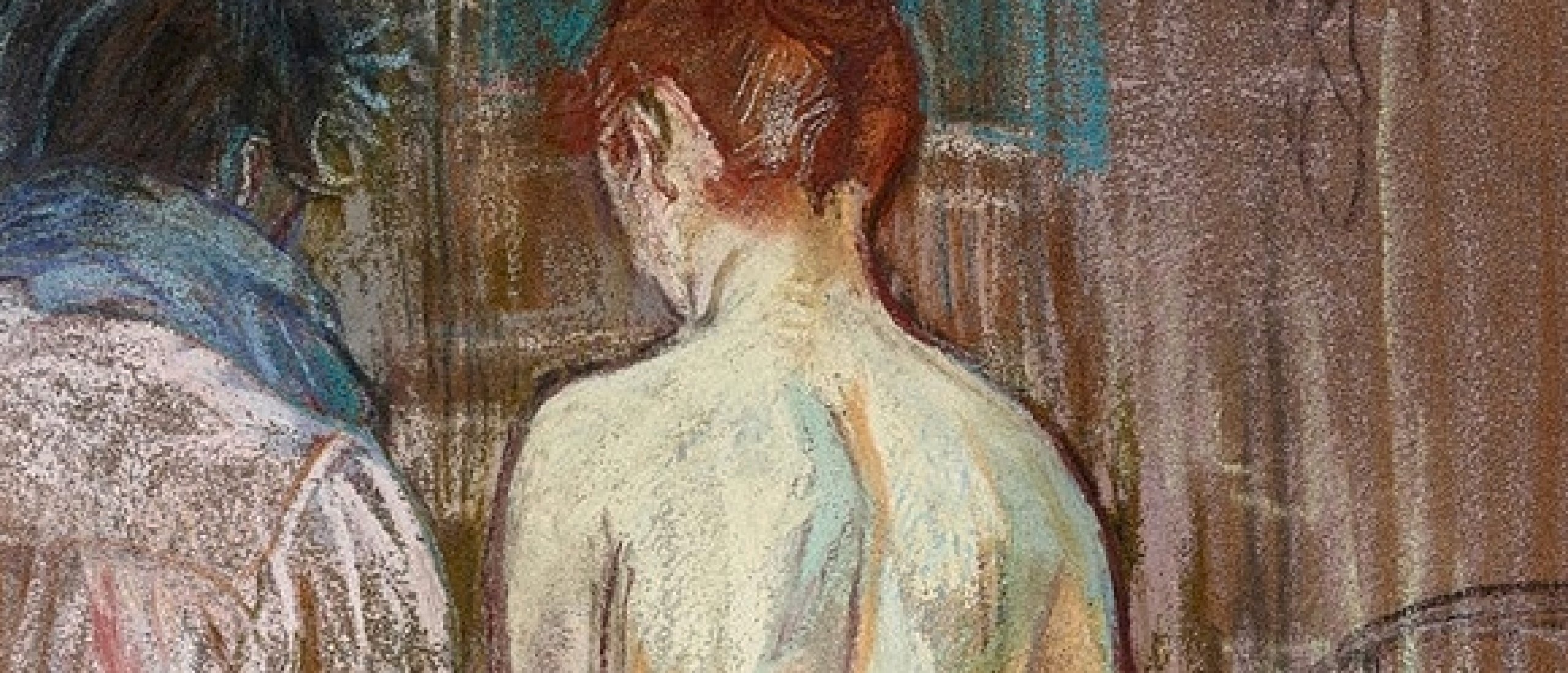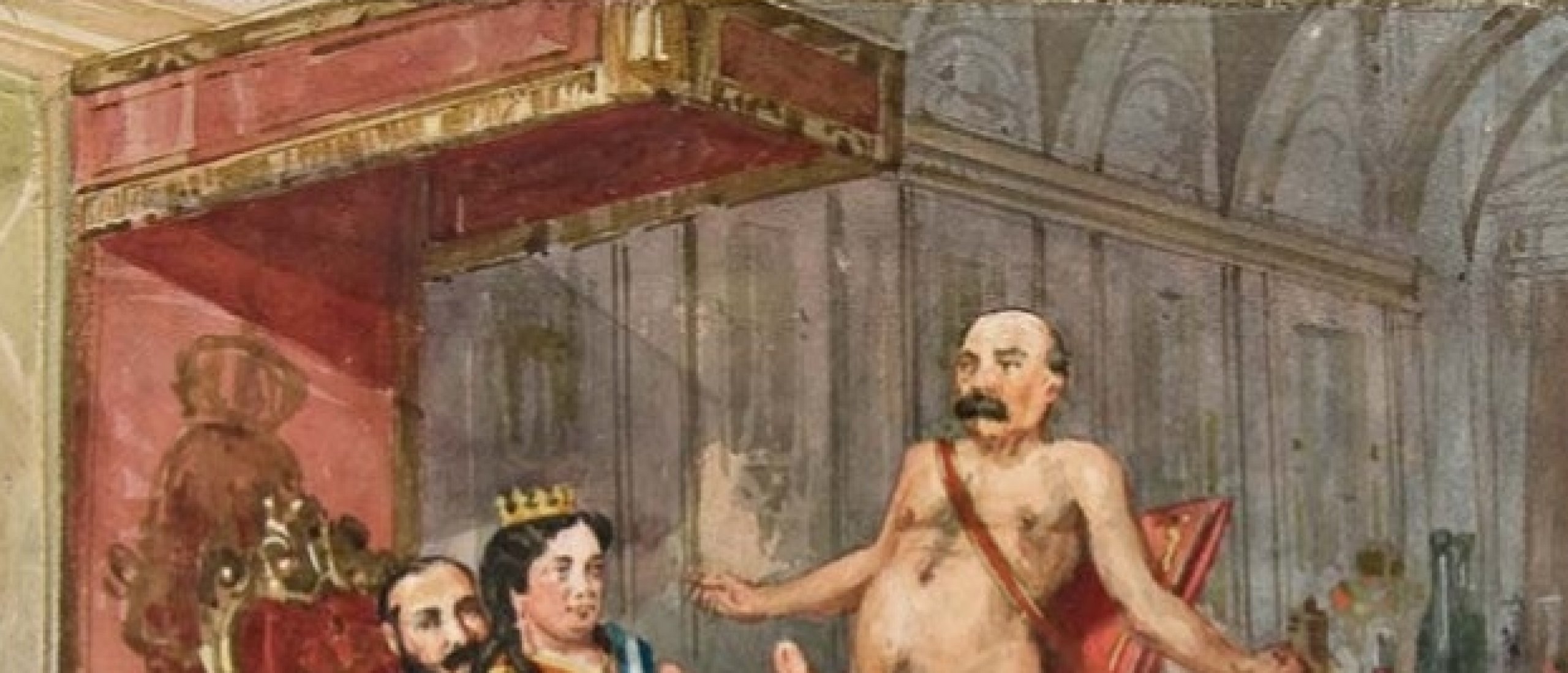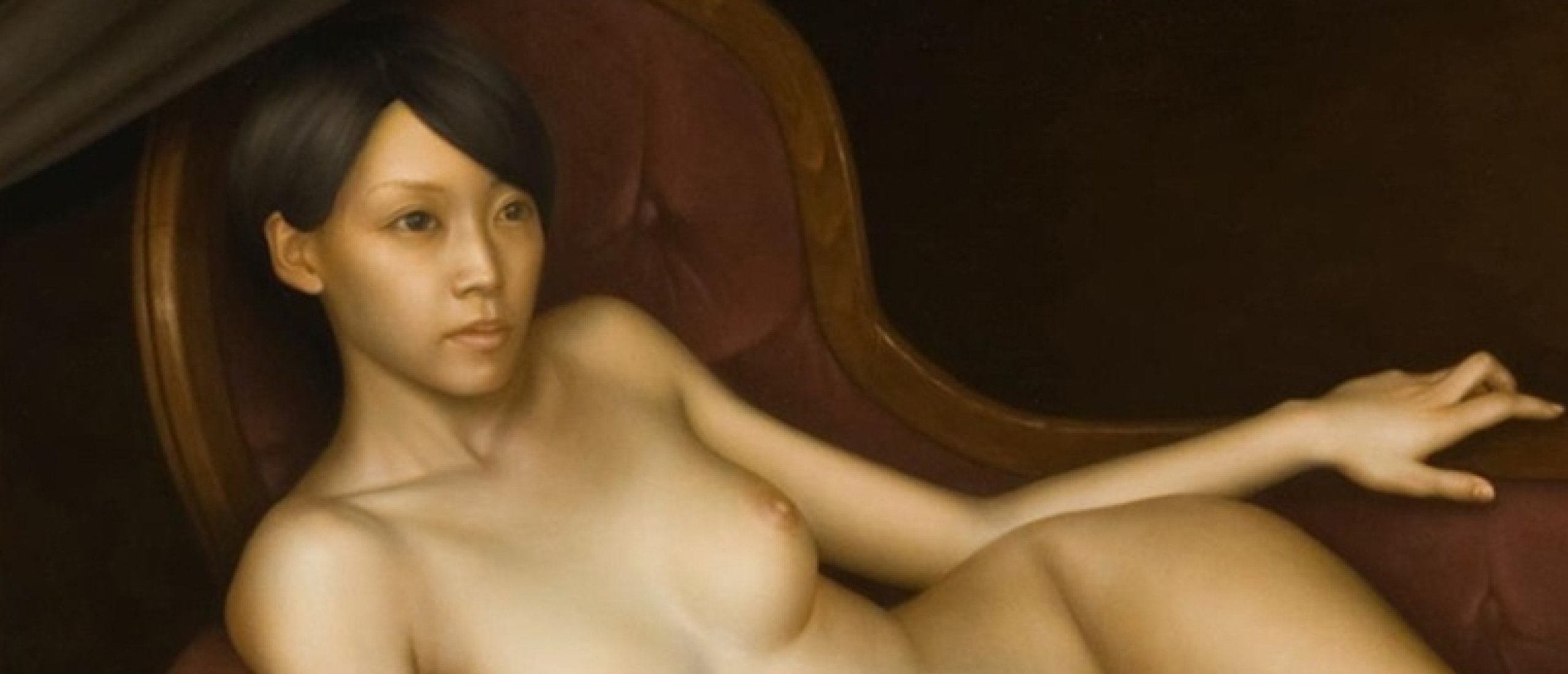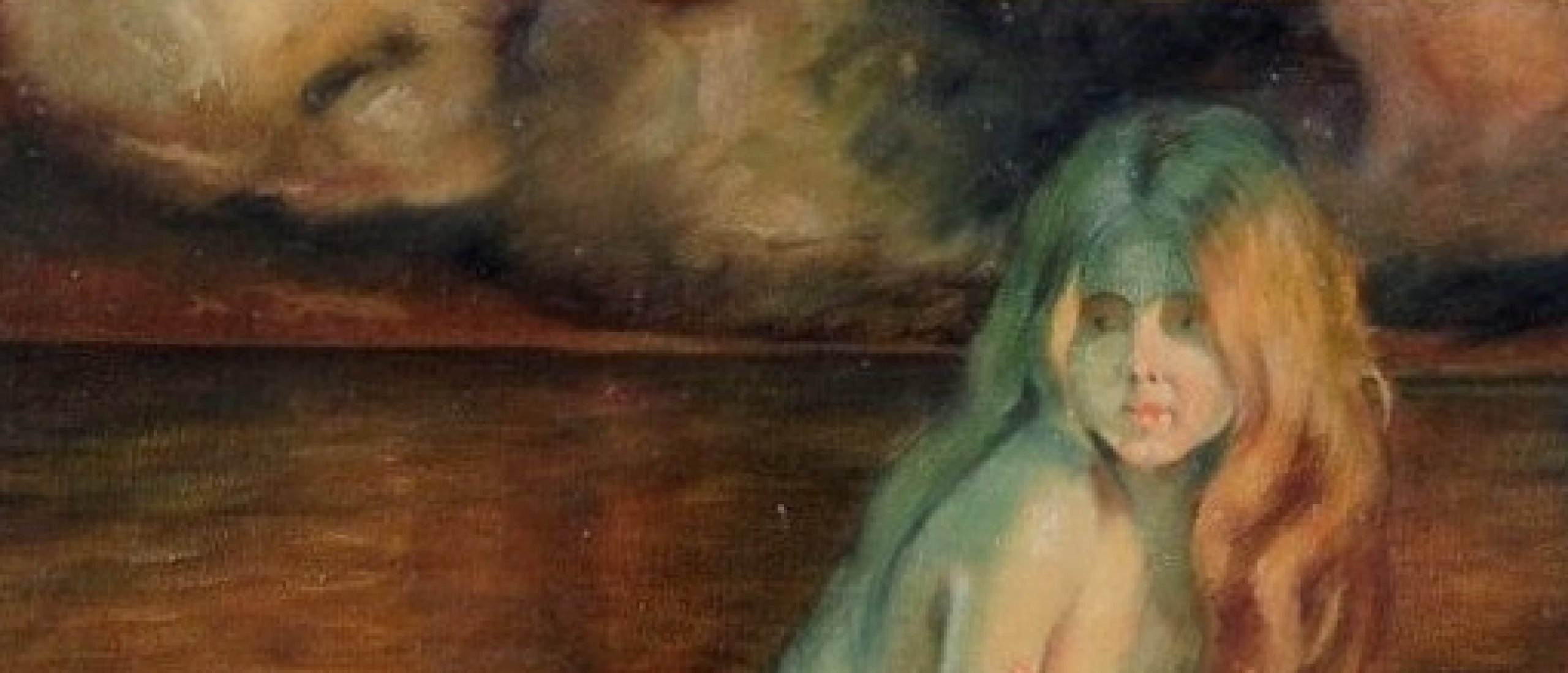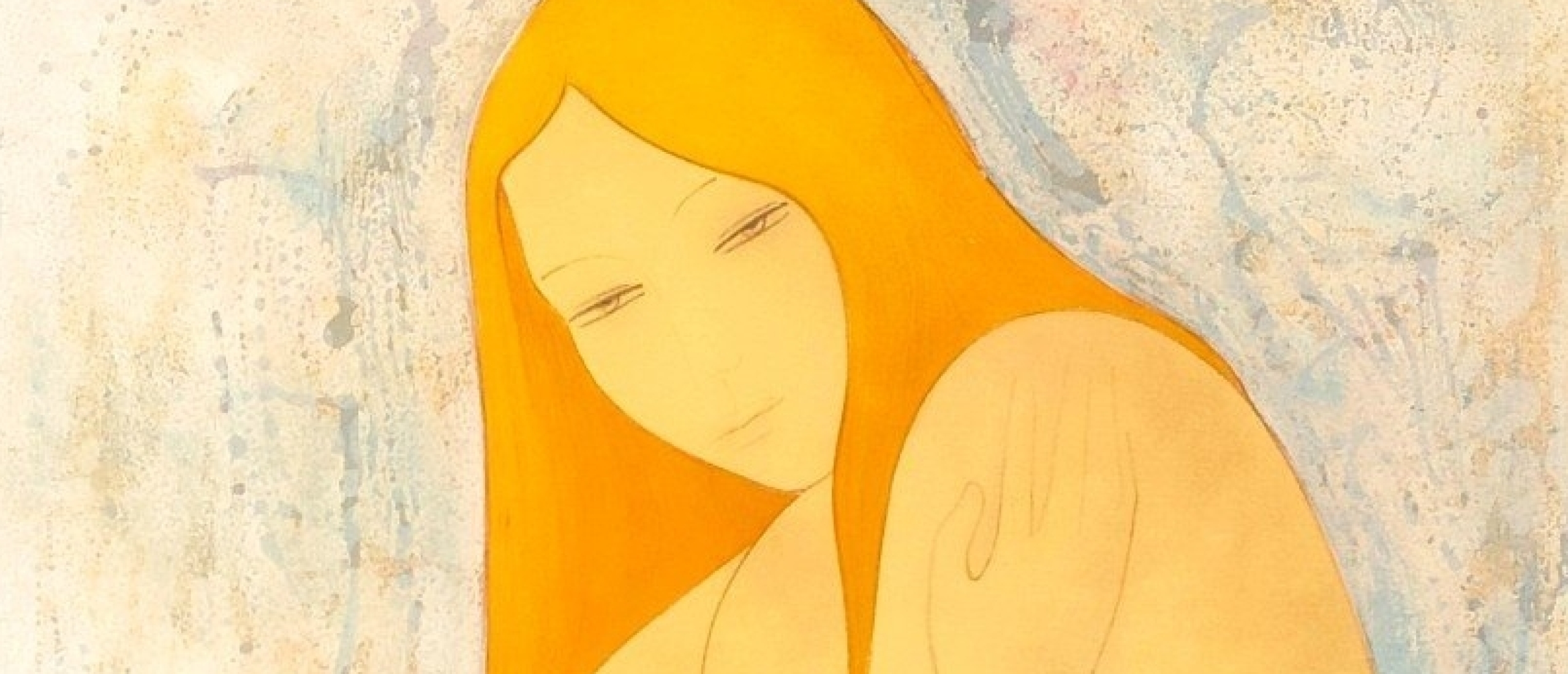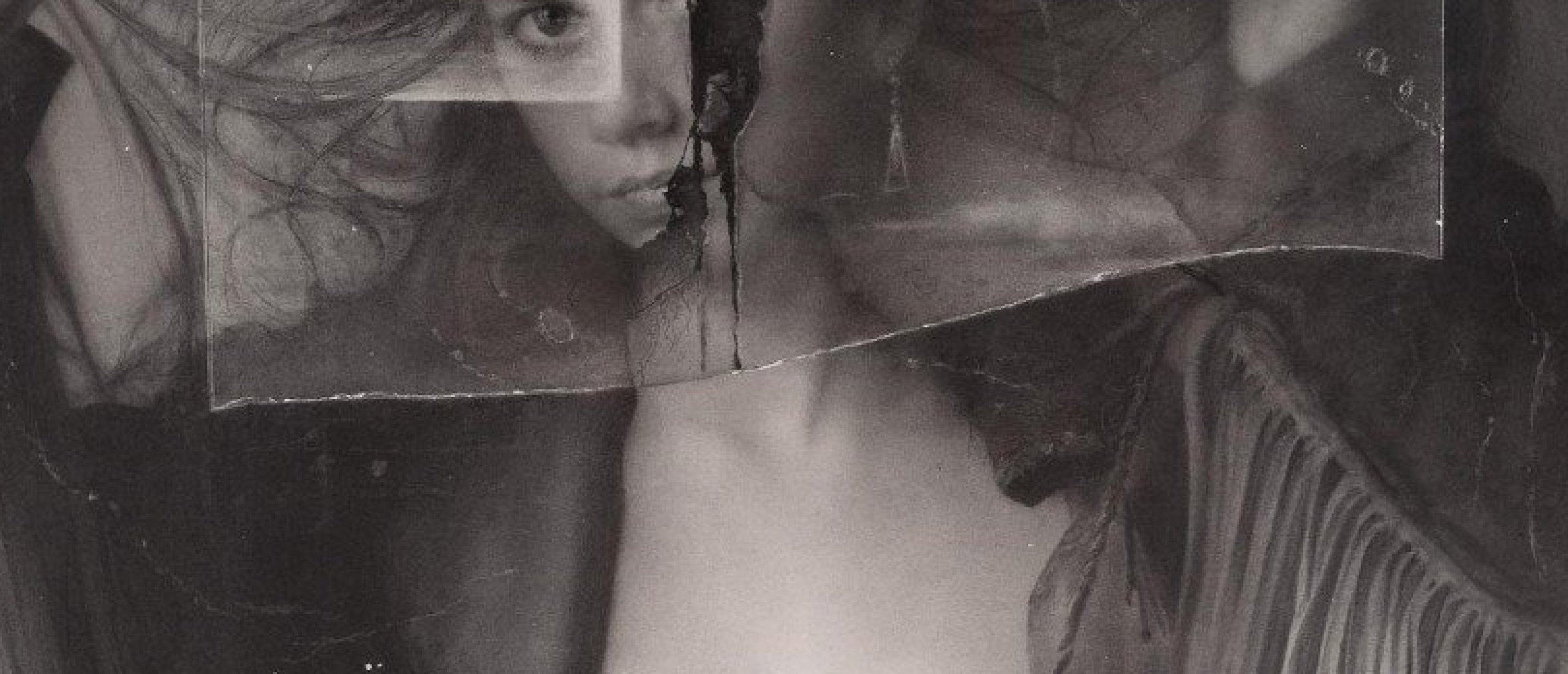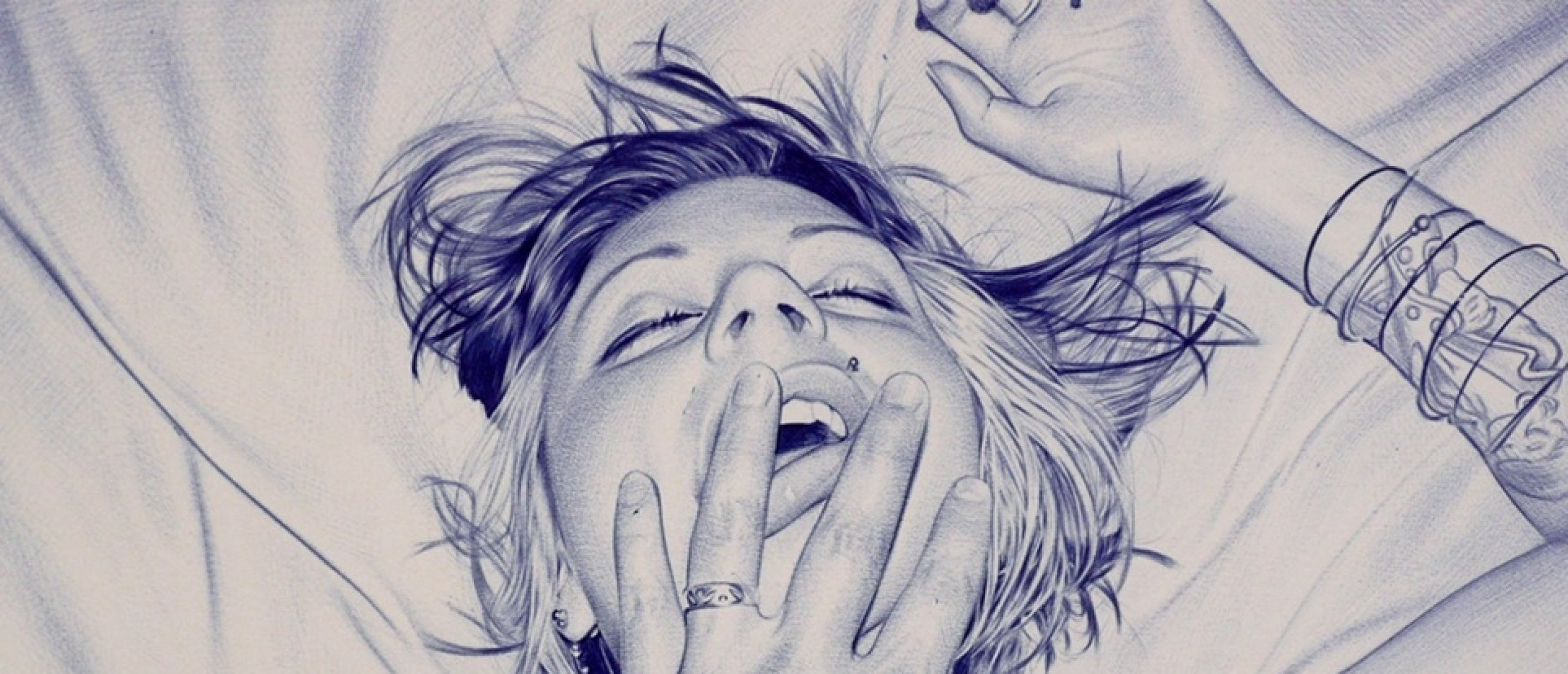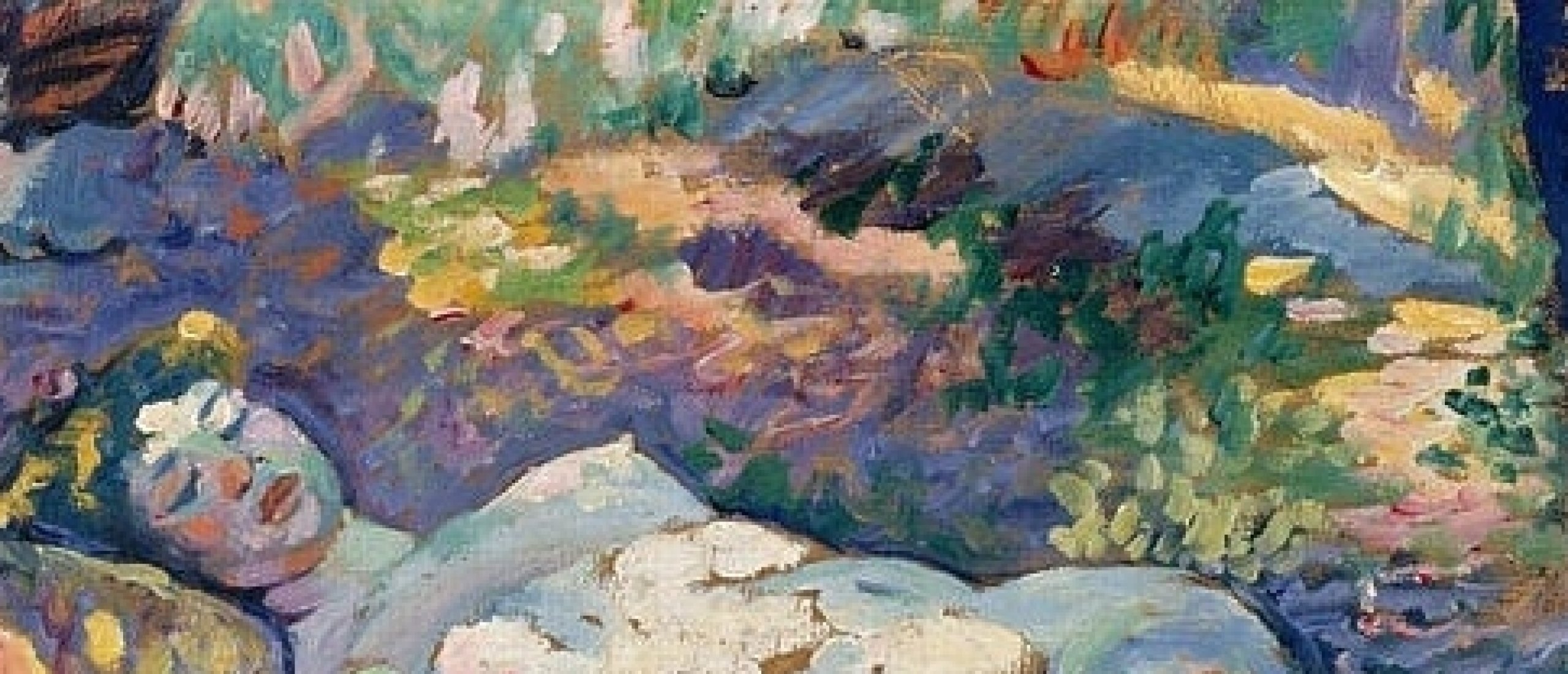
The origins of Pointillism lie with Georges Seurat and Paul Signac in the late nineteenth century. Seurat’s method of ‘divisionism’, as he liked to call it, was born out of scientific theories of colour perception. A canvas was not to be smeared with blended pigment but constructed of distinct, pure hues. The eye then, not the brush, would do the mixing. Signac later described this as ‘painting with the rainbow.’ At its most rigorous and scientific form, Pointillism was less about art and more about optics: a calculated trust in the viewer’s vision, in the shimmering afterimage of perception. But art has its way of exceeding its theories. The dots did not remain a system; they became an atmosphere. They gave rise to a vibration, a quivering surface, a sensual trembling.
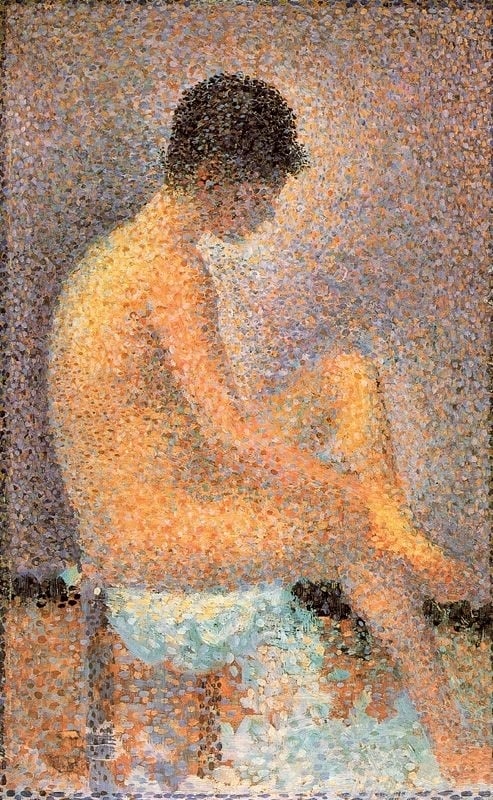
Fig.1 Seurat, Poseuse assise, de profil, 1887
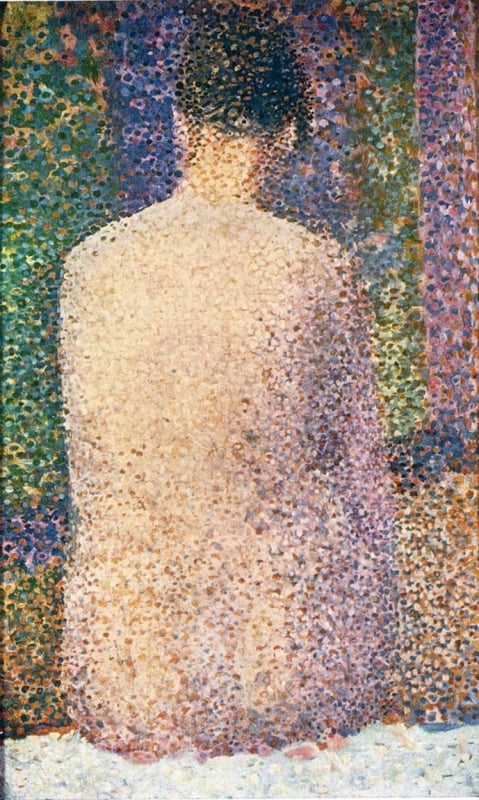
Fig.2 Georges Seurat, Model from the Back, 1886
Nude In Dots
When such a method encounters the nude, something radical happens. Traditionally, the nude figure from Greek sculpture to Renaissance Venus, has been idealised, smoothed, polished, and turned into a marble perfection. Even in the nude paintings of the Romantic or Realist artists, where individuality and humanity were acknowledged, the body was given weight and contour, a fullness of line. Pointillism, however, offers no single contour. It is always dissolving, always reforming. The nude in dots is never fixed; it is a body becoming, the sinuous lines of the woman’s body are being shaped in our gaze not on canvas. The body is seen not as stone, not as a concrete mass, but as light and breath. For all its scientific approach and its obsession with landscapes Pointillism still, surprisingly perhaps, has quite a lot of nude paintings to offer; from the old classics such as Georges Seurat, Henri Lebasque, Henri-Edmond Cross, Théo van Rysselberghe, all to the way to a few modern and contemporary artists such as Louis Bellon, Serge Mendjisky and Tatiana Kravchenko.
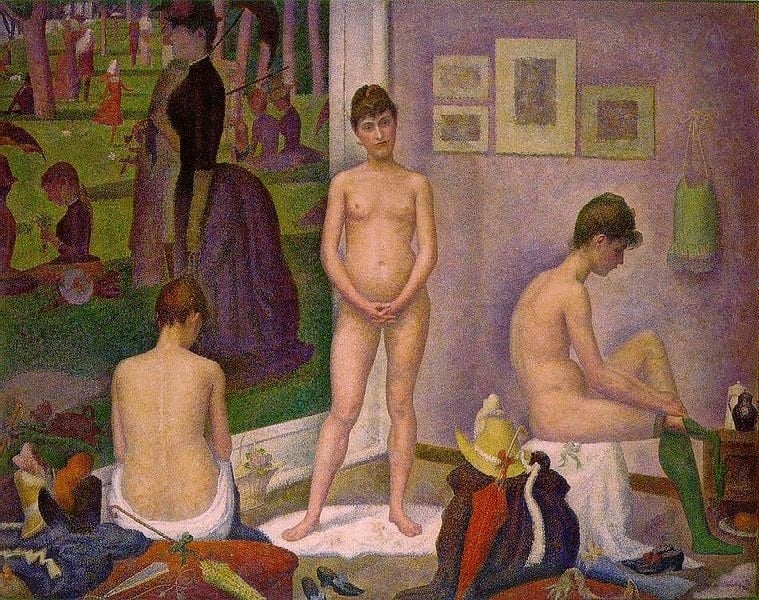
Fig.3 Georges Seurat, The Models, 1888
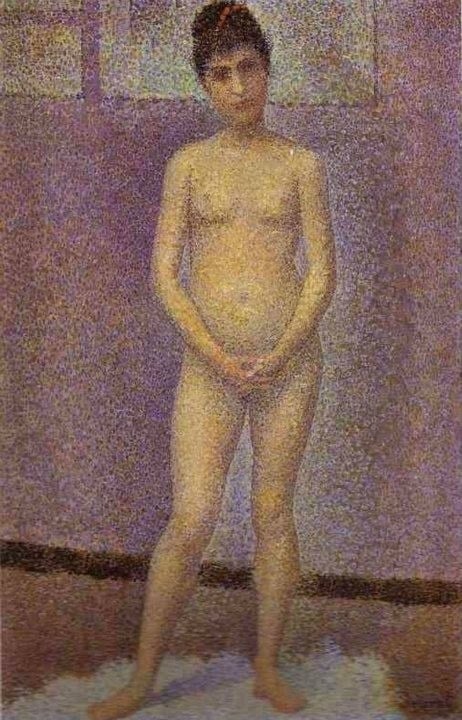
Fig.4 Georges Seurat, Woman
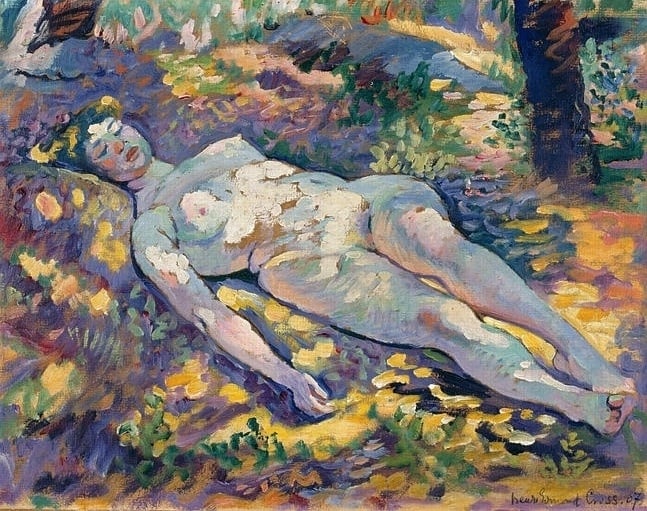
Fig.5 Henri-Edmond Cross, Sleeping Nude in the Sunlight, 1907
Shimmering Edges
In Georges Seurat’s paintings ‘Poseuse assise, de profil’, seen in Fig.1., and ‘Nude from the Back’, seen in Fig.2., we can see that Seurat shapes the female body in the same way he shapes any other motif. Seurat’s nude figures are bathed in the same pixelated light as his landscapes, riverbanks and circus scenes. If you notice the way the skin is painted on the back of the woman in Fig.1. you will notice that Seurat plays with many shades, the peach tone being the dominant naturally, but there are dots in violet, yellow and cool greens. The result of this painting technique is that the bodies are tangible yet elusive, present in the physical space yet dissolving into the atmosphere. Unlike academic painting, where the nude is an object for the viewer’s gaze, Seurat’s women seem to withdraw, even in their nakedness. Their modest gestures, their downcast eyes, their self-containment, gives them a kind of inwardness, a touch of melancholy which is woven in most of Seurat’s paintings. Pointillism, with its shimmering edges, enhances this: the body is not static, but perpetually in flux, as if made of the same vibrating light as the world around it. In Seurat’s hands, the nude becomes a fleeting configuration of colour and sensation. These are not goddesses or muses, but modern women, ordinary, anonymous, not idealised, and yet radiant and mysterious.
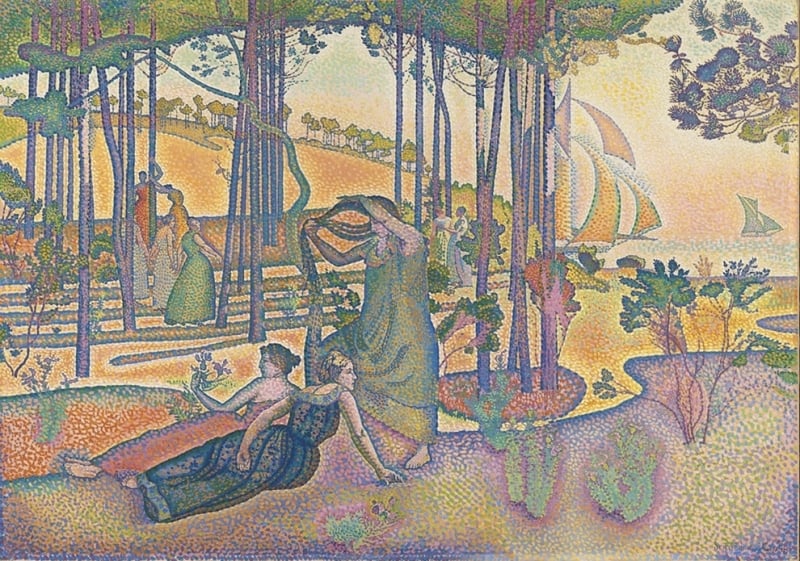
Fig.6 Henri-Edmond Cross, The Evening Air, 1893
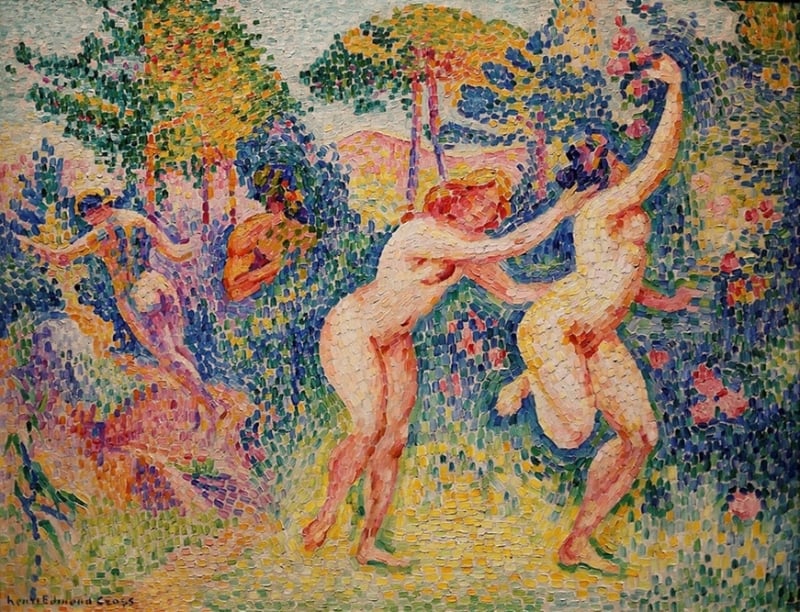
Fig.7 Henri-Edmond Cross, La fuite des nymphes, 1906
In the extended Premium version of the article more on the sensual Mediterranean theme, the nudes of Seurat, an analysis of the erotic Pointillist aesthetics, discussions of striking nude Pointillist works, numerous additional pics!
Click HERE for an article on the eroticism in the work of Henri de Toulouse-Lautrec
Let us know your thoughts on the above article in the comment box below...!!

